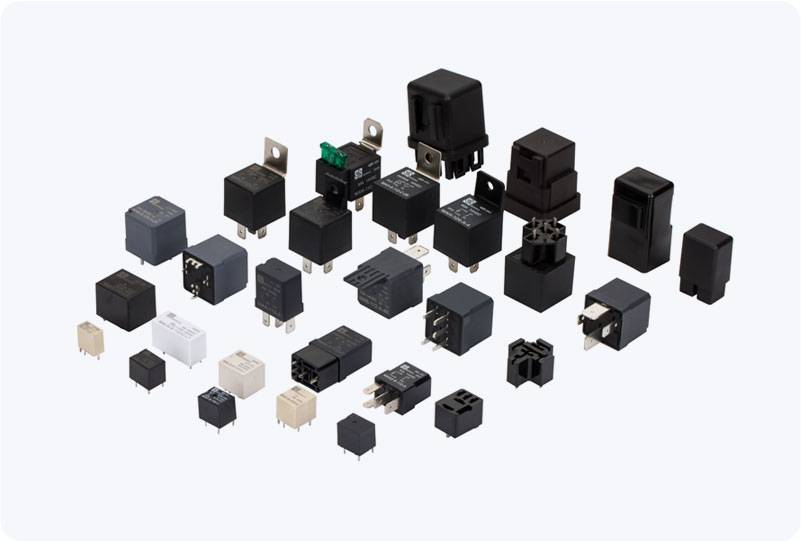Motor control systems are crucial in a wide array of applications, from industrial machinery to home appliances, ensuring that electric motors run efficiently and reliably. One of the most important components in motor control is the Motor Control Power Relay. This device plays a critical role in controlling the power supply to motors, offering both protection and operational efficiency. In this article, we will explore the function, importance, and types of motor control power relays, along with their applications and benefits in modern systems.

What is a Motor Control Power Relay? A Motor Control Power Relay is an electrical device designed to manage the flow of electrical current to motors within an electrical control system. It acts as a switch that opens and closes based on electrical signals from a control circuit, thereby controlling the power supplied to the motor. By doing so, it ensures that the motor is activated or deactivated as needed. The relay also helps in protecting the motor from electrical faults, overloads, or short circuits. Key Functions and Importance The primary function of a Motor Control Power Relay is to control the motor’s power supply. The relay opens or closes contacts to either allow or stop the electrical current flow to the motor. This process is crucial for several reasons: